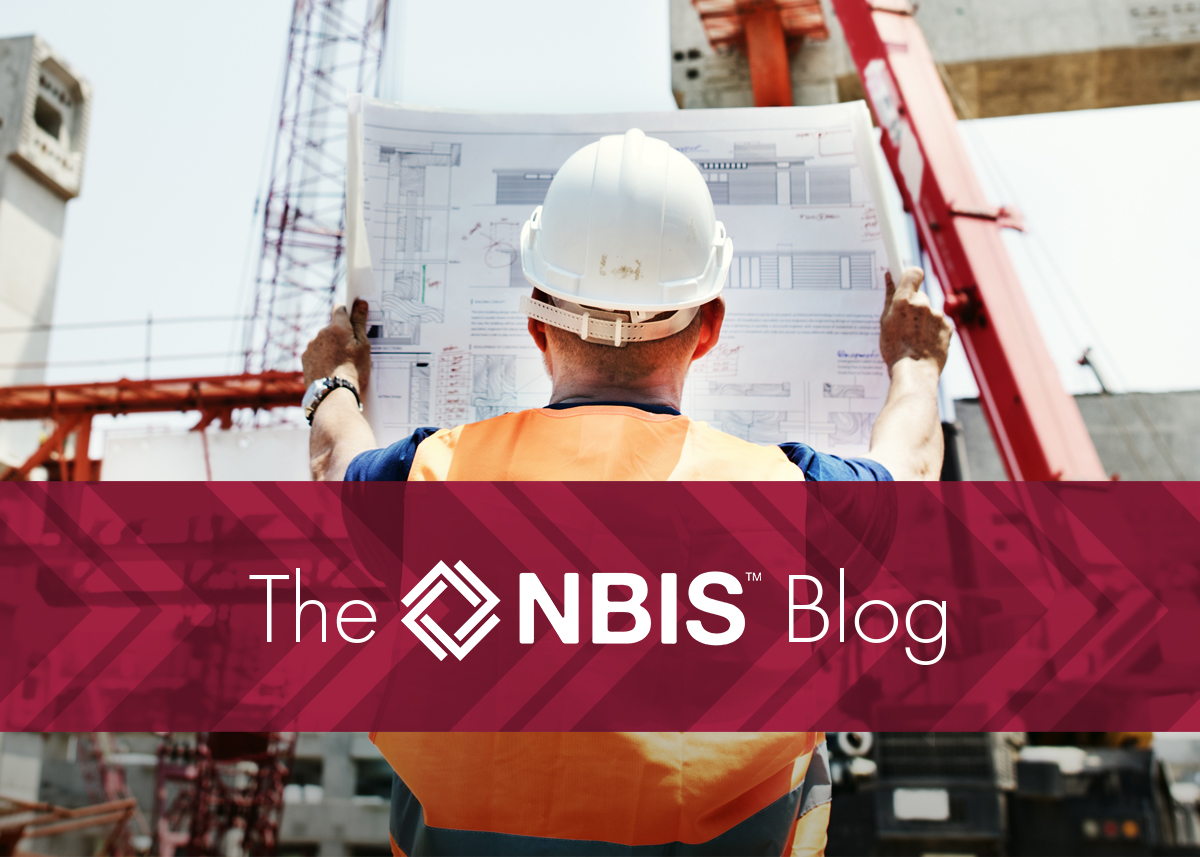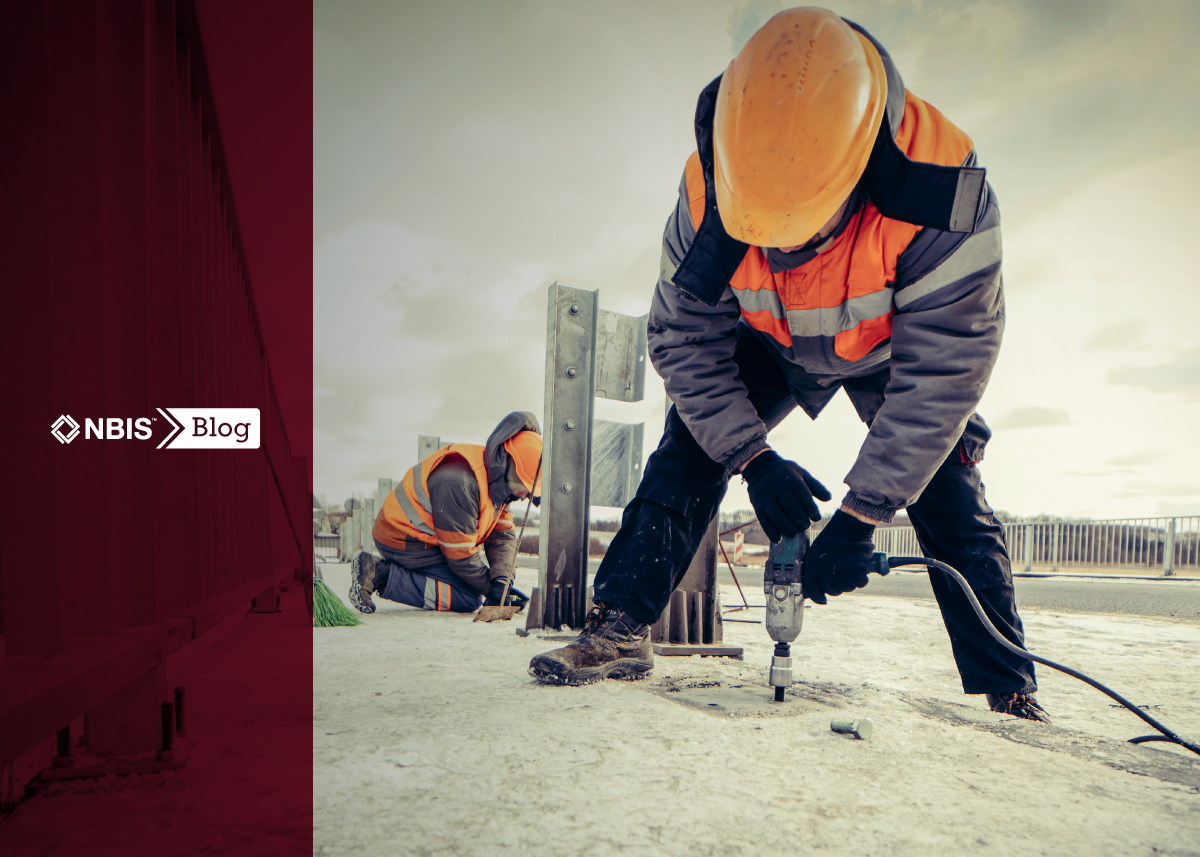As many of us know, the construction sector has one of the highest rates of fatal workplace occurrences. Increasing regulatory oversight and stiff penalties for safety violations have helped reduce accidents over the years. However, construction site deaths remain common—for the past few years, annual deaths in the industry have been at or near 1,000.
Moreover, according to the U.S. Bureau of Labor Statistics, there are 150,000 injuries on construction job sites every year. As for the types of risks that cause the most damage, OSHA describes construction’s most common workplace accidents as the “fatal four”—including falls, being struck by objects, electrocutions, and being caught in between equipment or objects.The “fatal four” often happen not due to subtle miscalculations, but due to significant oversights that could have been prevented with a continuous risk assessment and inspection at construction sites. Hence, site managers must have a proactive approach to identify any hazards, analyze which workers suffer from the highest risk, and implement procedures to control them.
Ten quick tips to follow this year when planning how to prevent injuries and/or fatalities on your jobsite include:
- Provide comprehensive, consistent safety training
- Plan ahead to effectively manage risk and anticipate potential hazards
- Ensure that all employees have proper PPE and fitted clothing
- Confirm that all employees are operating equipment properly
- Keep the workplace/jobsite clean and well lit
- Remind employees to take extra care and caution when driving
- Implement regular safety meetings
- Maintain tools and equipment to secure effective operation
- Pay particular attention to worker safety at heights
- Make an extra effort to review and discuss applicable OSHA rules
Beyond the Physical
Likely due to both the above-outlined dangers, as well as the basic day-to-day rigors of construction, research shows that the sector is also among the most stressful for workers—which can trigger myriad physical and mental health problems.
While, on average, more than three-quarters of skilled-trade workers remain satisfied with their choice of work, many of them struggle with mental health. Because of the gap in talent for skilled trades, especially within construction and transport, there is often a shortage of workers onsite, resulting in a heavier workload and higher stress levels.
The injuries and stress stacks up, unfortunately, and in recent years, it should come as no surprise that substance abuse and suicide rates have risen accordingly in the trades. As 2023 starts to take shape, it’s more important than ever for companies across all the trades to focus on mental health as part of their safety and risk-management programs.
While a wealth of information and assistance is available these days, you can get started right now by implementing these mental-health considerations into your company’s processes:
- Watch for employee burnout: There are some telltale signs that your employees might be experiencing burnout: physical complaints, calling in sick excessively, and forgetfulness while on the job.
- Put mental health resources in place: Having mental health resources, including health insurance that covers it, in place will help employees know they have options if they are struggling.
- Allow flexibility in schedules: Many companies are allowing employees to take mental health days. Just like sick days, this allows employees to stay home to recover from burnout and could improve productivity and the mindset of your team.
- Recruit a full workforce: A simple way to combat burnout among your employees is to make sure you have a full workforce. It not only fosters community, but allows workers to spread work out between themselves, thus avoiding additional fatigue.
- Lead by example: Most of the time, employees look to their leaders as an example. They might work longer days if their leaders do. They might share more about themselves personally if their leaders do. Letting employees know you value their life outside of work will encourage them to create a healthy work-life balance.
- Open communication – Open communication about mental health is important. Talking about mental health will encourage employees to utilize their resources, and keep the line of communication open with their leaders.
Ultimately, bold leadership is essential to demonstrating a company’s commitment to building awareness and sensitivity to mental health in the workplace. Addressing mental health and wellbeing is a strategic leadership imperative and a sound business strategy and practice.
In turn, investing in mental health and wellbeing has a positive return on capital investment and an even bigger ROI on your company’s greatest asset—your employees.







